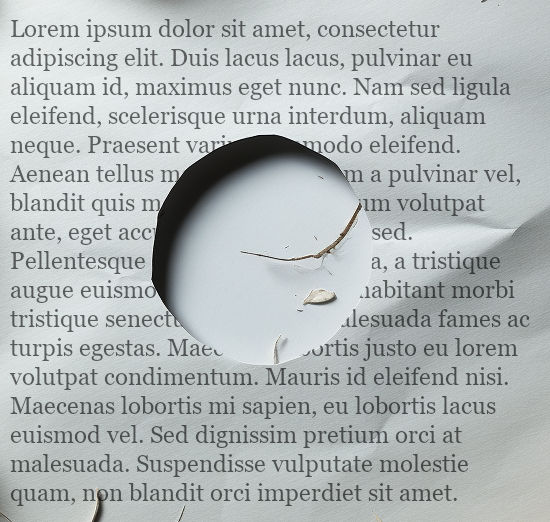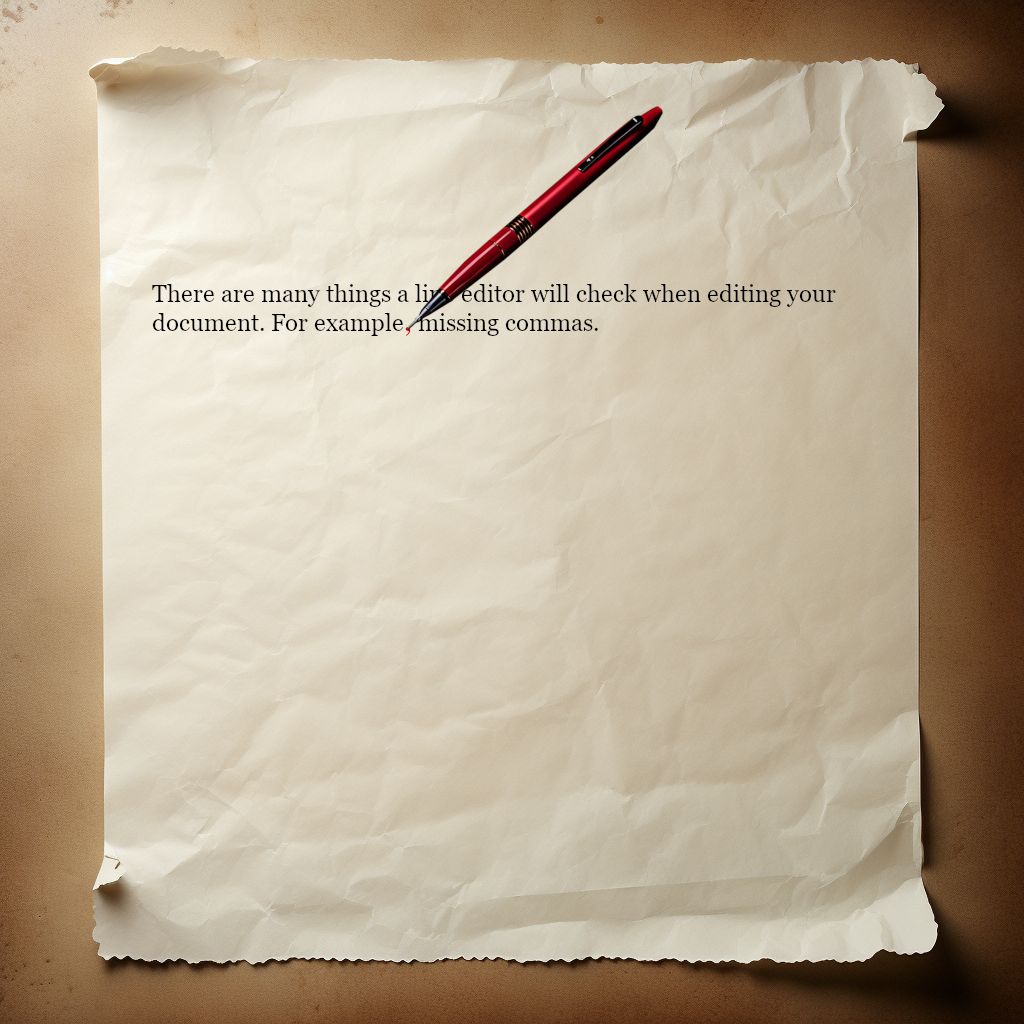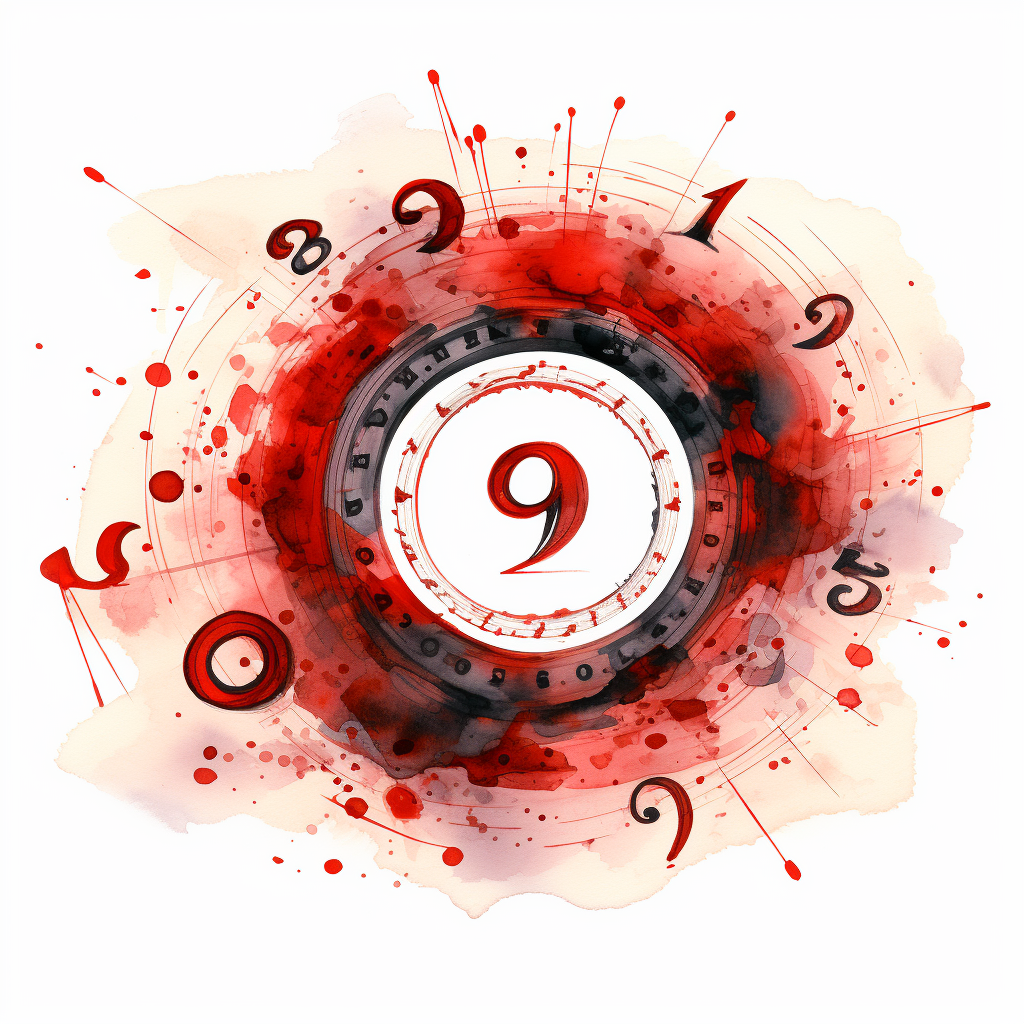Most writers would celebrate if writing simply involved writing; however, regardless of the methodology used when writing a book for publication, there are a variety of steps involved. Everyone develops their own style of writing and their own method for getting through the process of writing, but there are many common steps. In this article, we will look at many of the common steps undergone during the writing process. Your method may vary, and that is okay—so long as your method leads you to sharing your work with the world, it is the right method for you.
Plotting

Some people write by the seat of their pants (pantsers) while others create detailed plots (plotters), but most people fall somewhere on the spectrum in between. Whether your plot development is a single sentence or very detailed, you will begin with plotting. There are as many styles of plotting as there are writers. I recommend studying various techniques and trying them out to find the one which works best for you.
The First Draft

The first draft is also known as Draft 0 or the Vomit Draft. This draft is where you write your story using what you have developed from plotting. Most writers never complete this step. The best advice I can give to help you complete this step is to not edit as you go—just write. Once you have completed this vomit draft, you will have the first complete manuscript of your work. Congratulations! You’ve now gone further than most writers and you have a trophy.
This draft may be excessively short or long, depending on if you are an under-writer or an over-writer—both are okay. While we often hear of over-writers, the fact is that there are many writers who are under-writers. The editing process varies depending on your style, but both manuscripts will lead to a finished product.
Break (Optional)

Your first draft is likely wrought with errors, especially if you did not edit as you went. Because of this, some authors choose not to take a break between the first and second drafts, editing their second draft immediately. The advantage of taking a break (1 week – 6 months) is distance from the material. The longer you wait between drafts, the more likely you are to come back to the manuscript with fresh eyes that catch more errors.
Second Draft

The second draft is your opportunity to refine the first draft. In this draft, you will endeavor to correct overall mistakes and significant grammar and spelling errors. Look for these opportunities to strengthen your manuscript when editing your second draft:
- Sufficient setting details
- Correct character voice
- Character arc progression
- Plot holes
- Proper tense
- Content which does not pertain directly to the story
- Major grammar and spelling errors.
Alpha Readers (Optional) & Break

At this point, you have a refined manuscript that you can share with others. You should resist sharing for the sake of having others read your story (because you will want to share your final draft in the end and most people will not read your manuscript twice). Instead, share this document with critical readers who can assist you in answering any questions you may have about the manuscript where outside input is likely to be helpful. Here are examples of questions you may have at this point. It is not exhaustive.
- Are there any plot holes?
- Are there any missing scenes, scenes which need to be elaborated, scenes which are unnecessary, scenes which are unclear, or scenes which have irrelevant detail?
- Are my characters believable with individual voices?
- Are there any characters which need more time in the limelight?
- Are all scenes described well or do any need further elaboration?
- Are the character arcs satisfying?
- Does the story flow?
Waiting for alpha readers to provide feedback will give you a break, but if you decide that alpha readers are not needed at this point, then taking a break is advisable to give you distance from the material.
Third Draft +

Now that some time has passed and you have gained any feedback you wanted, it is time to apply the feedback and give the manuscript another round of edits. In this round of edits, your goal should be to create a finished manuscript—it likely won’t be the finished manuscript at this point, but that’s what you’re working for. To that end, all grammar and spelling issues should be resolved.
Repeat the process of giving yourself time to forget the manuscript and then editing until you feel that there is nothing useful left to do on the manuscript.
Developmental Editor & Editing
Now that you have a strong manuscript, you may want to seek out the services of a developmental editor. A developmental editor will review your document closely for continuity, progression, and development and provide feedback. Apply these changes in another round of editing.
As you become more skilled at writing, you may find that you have learned from your previous works and the feedback received to the point where a developmental editor is no longer a fit for your writing process.
Beta Readers

At this point, you have what is very close to your final version. Now, it’s time to have others review your work. Get a group of trusted people together to beta read your book. These should be people who will provide honest feedback that may be hard to hear, who will read the book in a timely manner, and who will critique the book, not just read it. Give them some time to read and critique your work.
Pre-Editor Editing
In the next round of editing, apply beta reader feedback and look for any remaining grammar and spelling issues. Next, you will want to give yourself as much time as you can before editing again for a final round of edits.
Line Editor & Editing

It’s now time to have a professional do what you have been doing during the editing process. Submit your manuscript for line editing and copy editing to get a comprehensive review of your manuscript to catch the things you have not.
This can be an expensive part of your writing endeavor, ranging from $0.01-$0.07 per word, depending on the skill and portfolio of your editor. In the indie world, there are editors who will often charge lower rates to help indie authors. It is always a good idea to vet your editor and get a sample edit of 1,000 words before signing any contract or engaging in work.
Once you have the line editor’s feedback, apply it to obtain your final draft.
Schedule Release Date

Choose a release date 4-8 weeks in advance (longer if ordering physical ARC copies).
Create Your Ebook

Using a publishing program, create an epub version of your book. You will need this for ARC readers.
ARC Readers

Advanced Reader Copies (ARCs) of your book should be sent out to an ARC reader team in advance of release. Typically 4-8 weeks in advance of your release date. ARC readers typically get the epub version, though some authors choose to provide physical copies (in which case you will need to create the physical copy and order copies). The purpose of ARC readers is to have a group of people ready to review the book on release day.
Pre-Release Scheduling

On the platforms of your choice which support pre-ordering your book, schedule the book’s release date and enable pre-ordering.
Release Day

Congratulations! Your book is now for sale. You’re a published author! Email your ARC readers and remind them that today is the day they need to submit reviews on the various websites—and be sure to include the links to the sites.